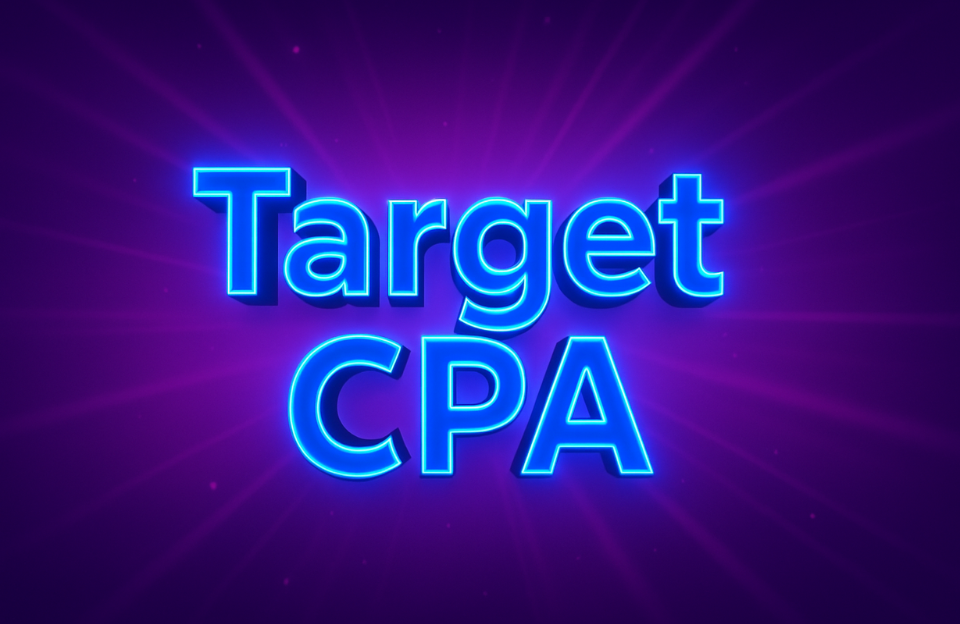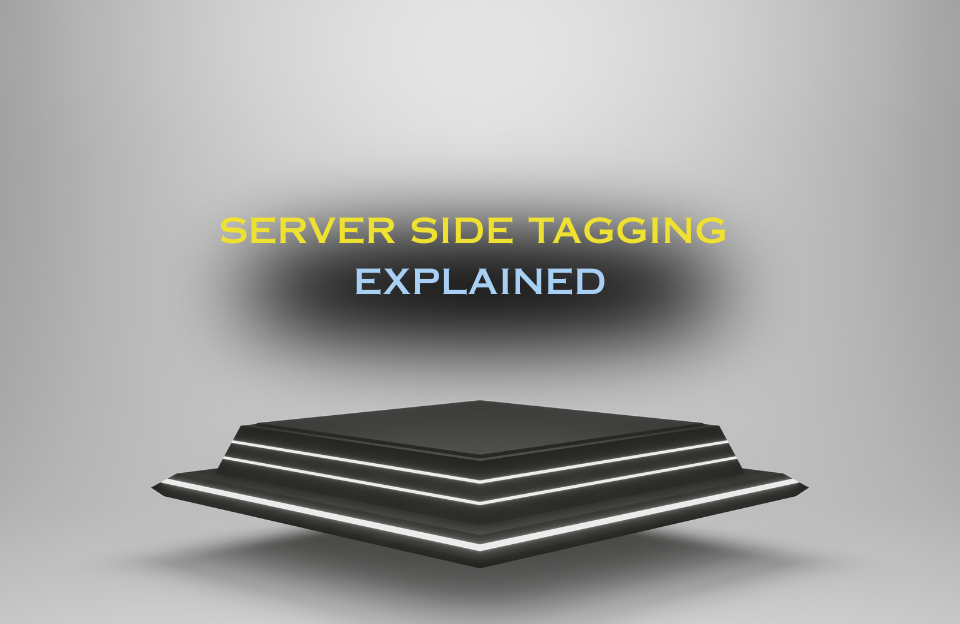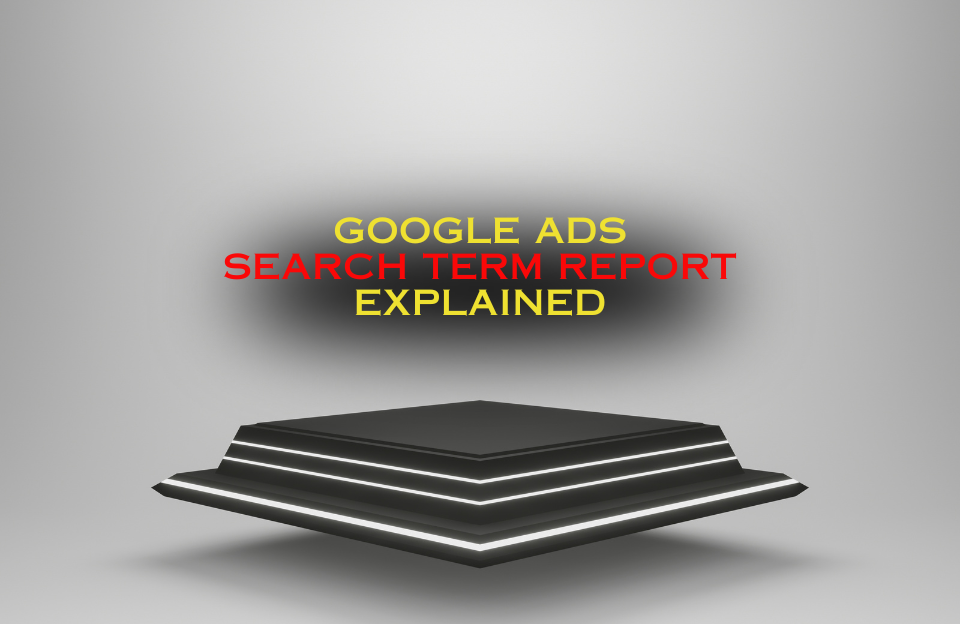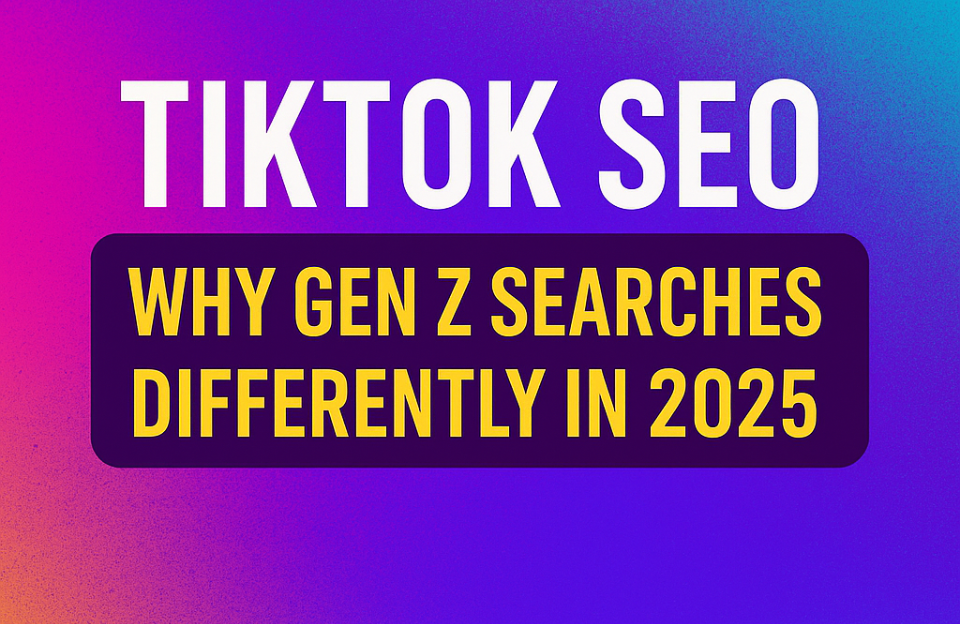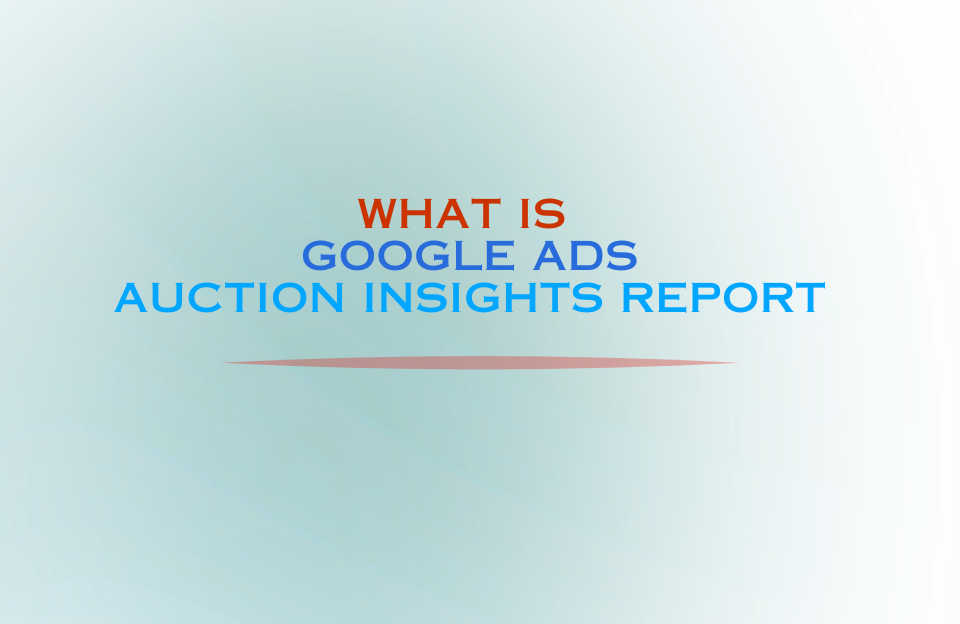Target CPA (Cost Per Acquisition) is one of the most popular smart bidding strategies within Google Ads. It allows advertisers to optimize for conversions based on a desired average cost. In this blog, you’ll learn what Target CPA is, how it works, when to use it, and what to watch out for.
What is Target CPA?
Target CPA is an automated bidding strategy where you set an average amount you’re willing to pay for a conversion—such as a purchase, form submission, or phone call. Google Ads then automatically adjusts bids in each auction to help you get as many conversions as possible at or below that target.
For example, if you set a Target CPA of €25, Google will try to achieve an average cost per conversion close to €25 using machine learning.
How does Target CPA work?
Target CPA relies on algorithms and historical performance data. During each auction, Google considers signals such as:
- Device
- Location
- Time of day
- User behavior
- Search query
- Conversion history
Based on these signals, Google determines the most appropriate bid in real-time, constantly adjusting based on the likelihood of a conversion within your budget.
When should you use Target CPA?
Target CPA is most effective when your campaign has:
- At least 30 conversions in the past 30 days
- A focus on cost-efficiency and ROI, not just clicks
- Stable conversion tracking set up properly
- Enough historical data for Google’s algorithm to work with
If you don’t have enough data yet, it’s better to start with Maximize Conversions before switching to Target CPA.
Pros and cons of Target CPA
Pros:
- Automated bid adjustments based on real data
- Focus on actual business goals (conversions)
- Real-time optimization using auction-time signals
- Less manual bid management
Cons:
- Requires at least 15 conversions in the past 30 days, but 30+ is recommended for stable performance
- May underperform during sudden changes (e.g., seasonality)
- Less control over individual bids
- Results can fluctuate during the learning phase
Practical example: Target CPA in an e-commerce campaign
Let’s say you run a webshop selling sports accessories. You earn about €40 in profit per sale and are willing to spend up to €25 on advertising to acquire one customer. So, you set your Target CPA to €25.
Week 1: The learning phase
You launch your campaign with a €500 weekly budget. During the first few days, performance fluctuates: some days your CPA is €35, others it’s €20. That’s normal—Google is gathering data to learn what works.
Tip: Don’t adjust your strategy too early. Let the algorithm learn for at least 1 to 2 weeks.
Week 2: Optimization kicks in
Now that the learning phase is over, results become more stable. You’re getting around 20 conversions per week at an average CPA of €24. That’s within your goal.
Google starts to:
- Allocate more budget to mobile, where CPA is only €18
- Lower bids on desktop, where CPA is €32
- Bid more aggressively on weekends, when conversion rates are higher
Week 3: Refining your setup
You improve your website’s speed and call-to-action, which increases your conversion rate. As a result, Google’s algorithm identifies higher chances of conversion and bids more confidently.
You raise your Target CPA to €27 to allow for more scale. Conversions increase to 25 per week while still staying within your budget goals.
Week 4: Scaling up
With stable performance, you raise your daily budget from €70 to €100. Google can now enter more auctions that were previously skipped due to bid limits. Your conversions grow proportionally.
You continue to monitor CPA closely, adjust your goals when needed, and consider splitting campaigns by product or audience for even more control.
In short: Target CPA isn’t just an automated bidding tool—it’s a smart system that grows with your campaign. With enough data, strong tracking, and conversion-friendly pages, it helps you scale profitably and efficiently.
How to set up Target CPA in Google Ads
- Log into your Google Ads account.
- Navigate to the campaign you want to edit.
- Click “Settings” > “Bidding”.
- Select “Target CPA”.
- Enter your desired CPA value.
- Save and allow time for the learning phase.
Tips for getting the most out of Target CPA
- Start with realistic goals based on your historical performance
- Give the algorithm time to learn—usually 1–2 weeks
- Ensure your conversion tracking is accurate
- Pair Target CPA with strong ad copy and high-performing landing pages
- Adjust your CPA target as your business or costs change
Conclusion
Target CPA is a powerful strategy for advertisers who want to maximize results without micromanaging bids. It automates decision-making while keeping your goals in focus. With proper setup, clear tracking, and patience, this strategy can help you lower costs, increase conversions, and scale your campaigns sustainably.
